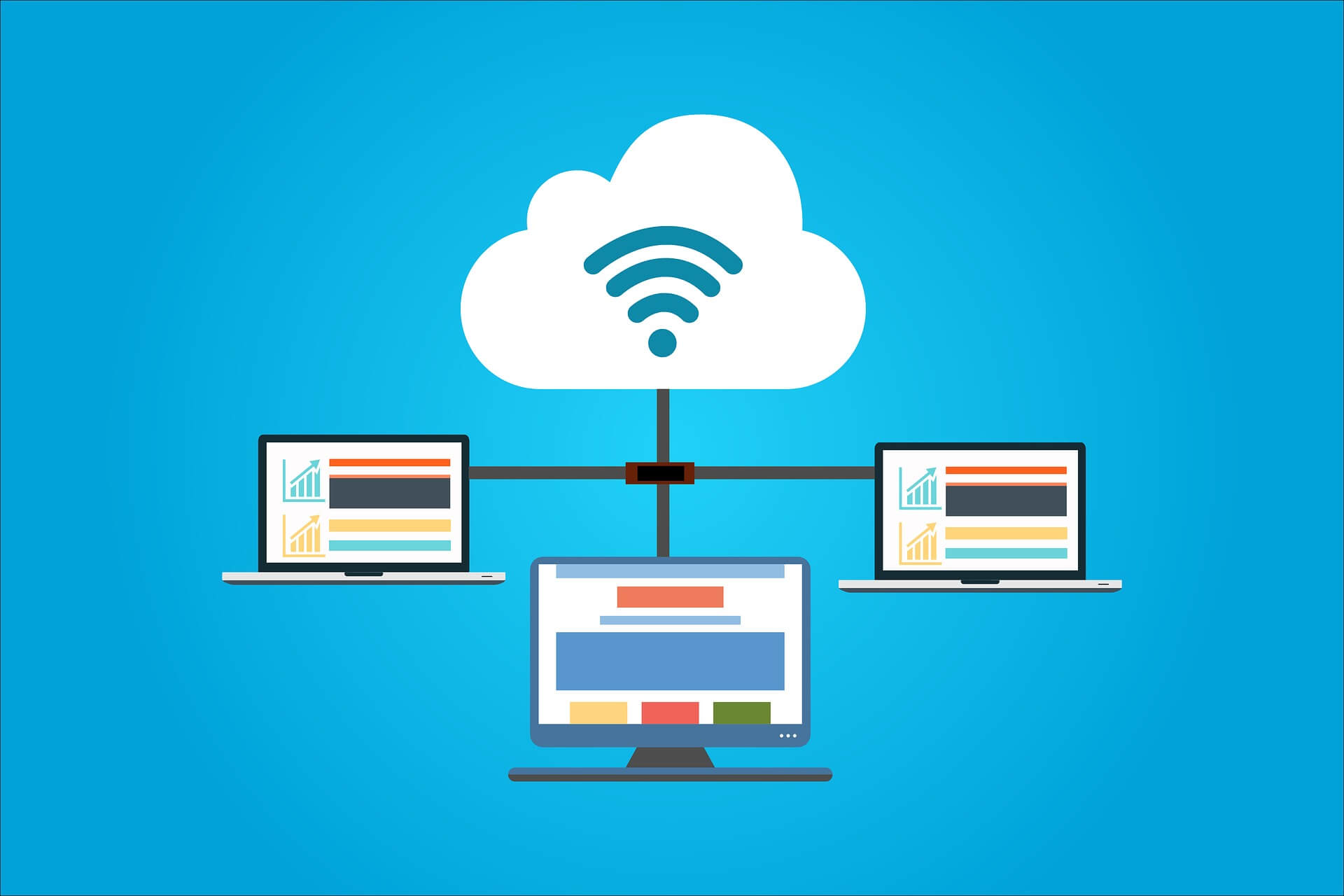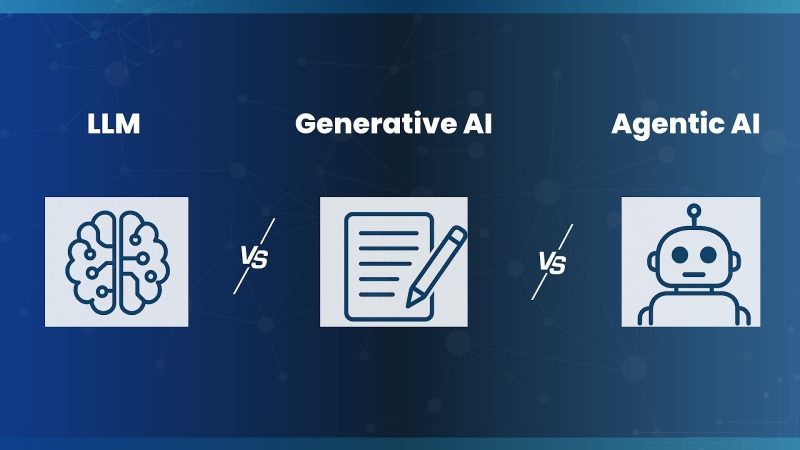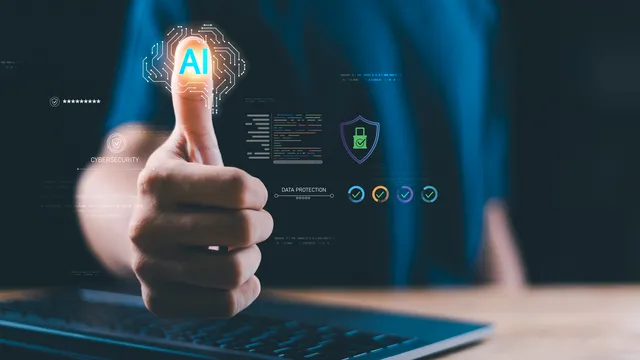What are the security risks of cloud computing

Do you come here looking for security risks of Cloud Computing? Well, let’s start with what cloud computing is.
This is the modern era and in the 21st century, efficiency is vital. Enterprises and organizations are finding new and improved ways to evolve and develop themselves into leading roles to shape the upcoming technological world. One such new and upcoming technology is the cloud. Cloud and cloud computing have been around for a long time but their real use which shaped the way modern computing works has not started that long ago.
Cloud computing is essentially the availability of computer resources such as storage. It is a storage that is not actively used. No doubt, the cloud is an on-demand service that has to be present whenever it is required. Cloud works in segments and each segment spans over a large area. It is usually termed a data center. The main principle of cloud computing is ‘coherence’ and cloud systems actively work together in a mitigated environment for better performance.
The main objective of the cloud is to facilitate the clients and to help them extract useful benefits from these functionalities without the deep knowledge of such attributes. Furthermore, the cloud also helps in enhancing performances and reducing costs. At the same time, the security risks of cloud computing is pretty high.
Advantages of The Cloud
Cloud computing is a trending technology and this new trend has taken the world by storm. Following are some of the advantages of cloud-based systems:
- Improved collaboration
- Data security
- Low cost for maintenance
- Mobility
- Excellent accessibility
- Unlimited storage capacity
- APIs for users to access cloud services
Disadvantages of The Cloud
Along with pros, there are cons, majorly focused on the security risks of Cloud Computing. The cloud-like every other growing technology in the world also has some of its disadvantages. Following are some of the disadvantages of the cloud computing domain:
- Limited control
- Vendor lock-in
- Security
- Internet connectivity
Security Risks of Cloud Computing
Cloud computing also has risks involved like all the major technologies in the world have. Cloud computing also faces threats like cyber-attacks, and cyber-criminals attacking the servers and exploiting their resources.
Explained below are some of the significant security threats and security risks involving cloud computing:
Malware
The cloud is an internet-connected environment and as enterprises and organizations are integrating more sensitive data into such an environment it increases the risk of data security and opens them out to cyber threats. Malware attacks are a common security risk to cloud computing systems. Many organizations face data breaches due to cyber and malware attacks as traffic on the cloud increases. This is one huge security risks of Cloud Computing!
Data Loss
Data loss or data leakage is when the data is recognizable or readable to the user. The information is deleted or corrupted. Or, it can be unreadable by a user, software, or application. In a cloud-based environment, data loss occurs when someone’s sensitive data is in the hand of another user/person. It can also happen due to inaccurate installation or installation of the software or if it needs updating.
Compliance Violations
A state of non-compliance is quite risky and companies and enterprises often land in a state of non-compliance and cause serious problems. These types of problems and threats need immediate attention. Moreover, such non-compliance violations could cause the companies to lose a lot of time and costs. BYOC is one of the primary reasons such non-compliances occur and companies should think ahead of time before deploying.
Also Read: What is cloud computing? How it works & it’s Benefits
Vendor Lock-In
Definitely, the biggest security risks of cloud computing is vendor lock-in. When organizations decide to change a cloud vendor, they have to migrate their entire cloud resource from one vendor to another. That is a costly and risky procedure. Data breaches and malware attacks are pretty common during vendor lock-in.
The cloud systems may even start to function in-efficiently for some time after vendor lock-in. Different vendors also provide additional services and hence it can cause a lot of hassle in migrating from one vendor to another.
End-User Control
End-user control is an essential aspect of cloud computing and can be vital in handling threats. It essentially means that the data inside the cloud firm is accessible to almost everyone. Moreover, the policies enforcement is necessary on who gets the authority to deal with that. It can basically mean that the access could be in anyone’s hand and hence means such data can be valuable and data protection is vital.
For instance, if an employee is leaving a firm, he/she could still access it using the protocols and can use valuable and credible information to inappropriate use.
In-sufficient Due Diligence
When working in a cloud environment it should be ensured that everyone is exposed to such a working environment and due diligence should be appropriate. Before moving to the cloud and working in a cloud environment it should be clear to everyone about the scope of such a place and the work that goes into successfully running a cloud system. This security risks of Cloud Computing needs your attention, right away. If due diligence is not your priority, it can get fatal to the whole environment and compromise the system and its data resources.
Denial of Service Attacks (DoS)
Denial-of-service (DoS) attacks, which overwhelm a company’s servers with fake requests for information, are hazardous in cloud computing settings. A persistent DoS attack can lead to lengthy service outages that result in business downtime and loss of revenue.
How to Overcome Such Security Risks?
To ensure the smooth running of the cloud services some policies need enforcement. It should be made crystal clear to follow a set of rules and regulations to avoid any such acts. Following are some cloud computing practices that need implementation:
- Unified security with centralized management
- Automation
- DevSecOps processes
- Risk assessments
- Continuous monitoring
The above-mentioned rules when enforced make sure data security is given priority and help bolster security in cloud computing.
Also Read: How Cloud Computing Can Safeguard Your Data: Full Guide
Conclusion
Cloud computing is a growing domain and is one of the trends for the future for sure. As it provides its users with more, new, and improved features it also demands adequate policies and procedures to be followed for better risk management and enforcing data security as the number one priority.
With organizations like Facebook, Google, Twitter and other technological giants using cloud computing as their major medium for data storage and manipulation cloud computing will for sure gain more popularity in the future if only adequate data security is established.






